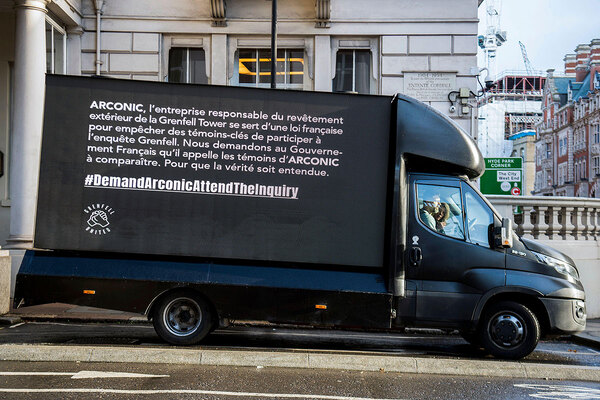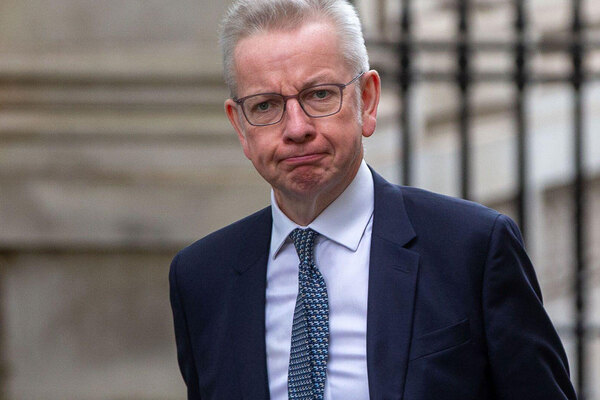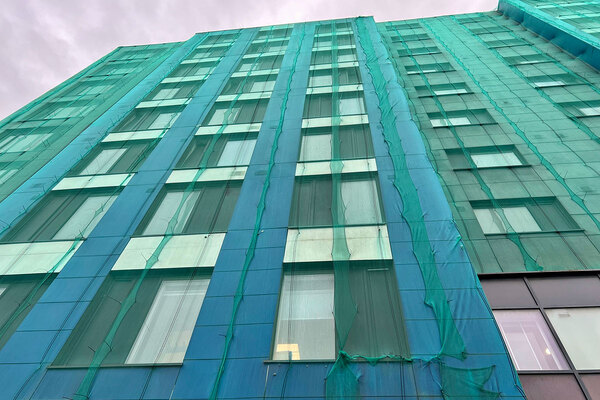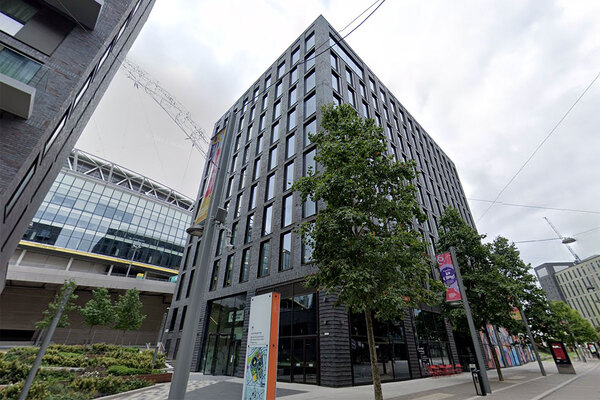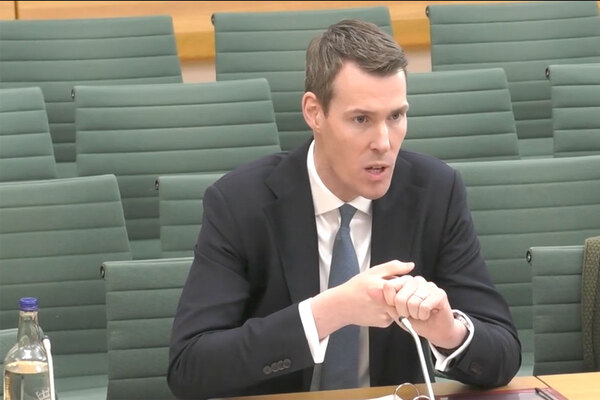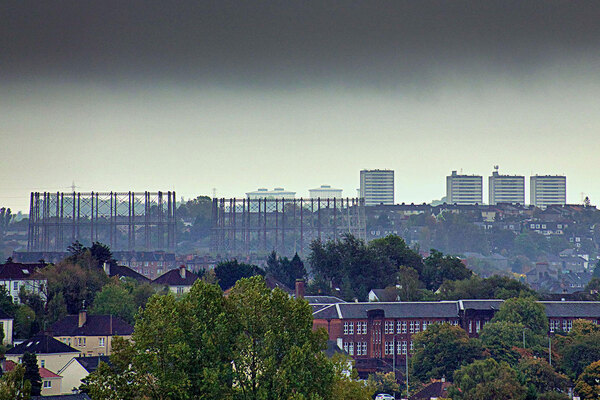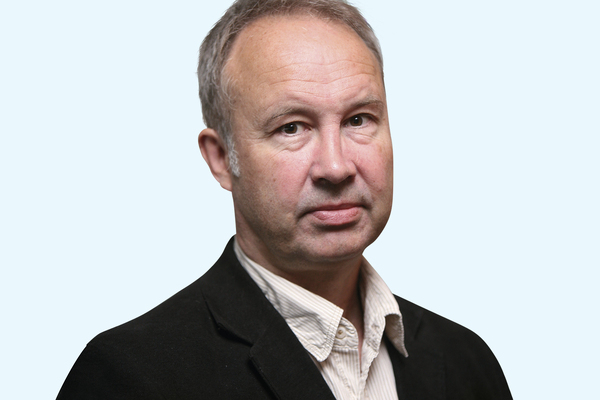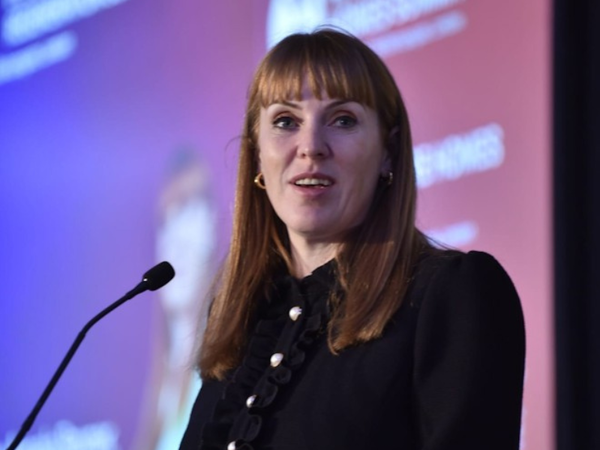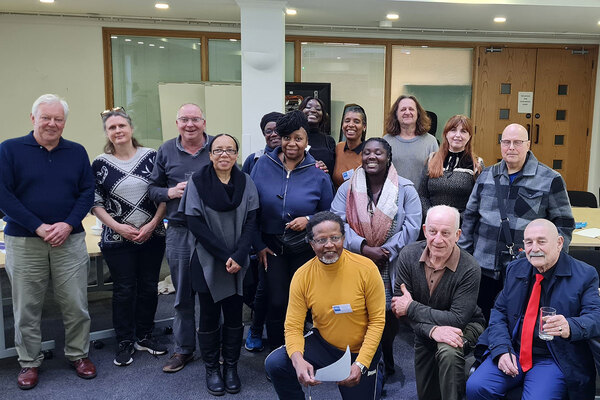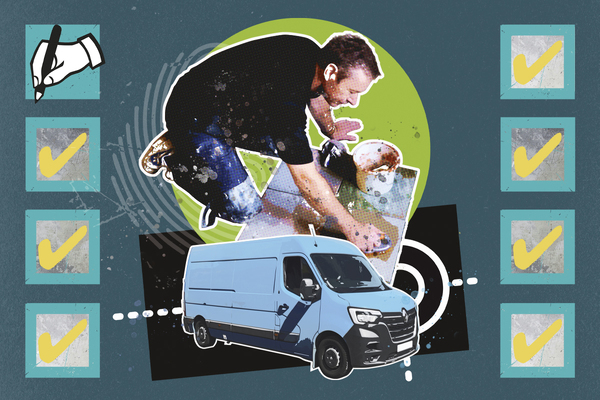Up to 7,000 unsafe buildings have not applied for cladding safety scheme, minister says
Up to 7,000 buildings that require remediation have not yet applied for the government’s cladding safety scheme, the building safety minister has said.
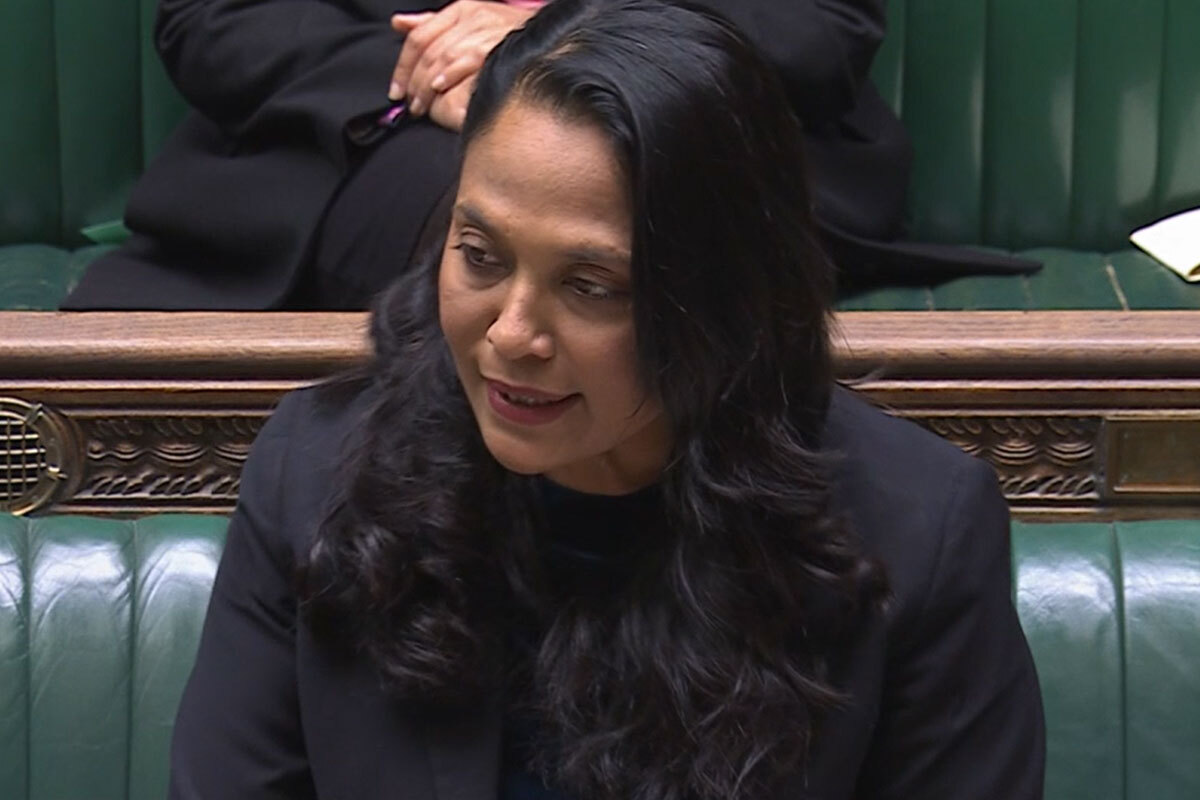
The Ministry of Housing, Communities and Local Government is currently monitoring cladding on 4,630 residential buildings that are taller than 11 metres in England, half of which have begun remediation.
But Rushanara Ali told parliament on 11 September that there were thousands more buildings with dangerous cladding that were not showing up in official statistics.
“Counting the buildings we know about is not enough,” she said. “We estimate there are as many as 7,000 buildings that need remediation that have not yet applied for the cladding safety scheme.”
Ms Ali said the figure was a maximum estimate. “There may well be fewer, but those responsible for these buildings have no excuse for failing to apply and we will work with regulators to make sure they are identified.”
“We will ensure dangerous buildings are found and dealt with. The money is there, the speed must increase,” she added.
The minister was speaking at a debate on building safety and resilience in the wake of last week’s final report from the Grenfell Tower Inquiry.
Ms Ali repeated the government’s pledge to respond to the report’s recommendations within six months and update parliament annually on “progress against every commitment we make”.
She said the new administration would take a more hands-on approach to speed up the remediation of unsafe buildings.
“Our message to building owners is clear: those who fail to make their buildings safe will face enforcement action,” she stated.
She continued: “We are willing to force freeholders to assess their buildings and enter remediation schemes within set timetables, with a legal requirement to force action, if that is what it takes to tackle industry intransigence.”
Further steps on remediation will be set out by the government in the autumn, Ms Ali added.
The building safety minister also provided more details on her plan for personal emergency evacuation plans (PEEPs), which were announced earlier this month.
Under the plans, residents with disabilities and impairments will be entitled to a “person-centred” risk assessment and statement to help with fire safety or evacuation.
Ms Ali said social housing providers would be given funding to deliver PEEPs for their residents. “The Home Office plans to lay regulations as soon as possible with a view to the proposals coming into force in 2025-26,” she said.
Elsewhere in the debate, Labour MP Clive Betts said the Grenfell Inquiry report revealed “an issue of culture in the building industry, which is about a race to the bottom”.
“In the end, the safety of individuals was put behind financial returns,” he said.
Mr Betts also urged the government to grant more building safety funding to social landlords, so they can continue to build new homes as well as repair existing ones.
The cost of cladding remediation, he said, “squeezes the headroom in the HRA [Housing Revenue Account] or housing association’s building plans. And that squeezed headroom would otherwise be made available to build 1.5 million new homes”.
“The more we squeeze them with other responsibilities that aren’t funded by the Building Safety Fund, then the less money will be available to build new social housing,” he added.
Shadow building safety minister David Simmonds warned that the “drive to energy efficiency” had created “a risk of a loss of focus on safety” in new homes.
“In the capital, poor air quality is often worse indoors than outdoors” due to poor mechanical ventilation systems,” he said.
“We also need to ensure that potential risks” of modular construction are considered, he added.
Sign up for our fire safety newsletter
Already have an account? Click here to manage your newsletters
